Santa Claus is a mythical man who has even more gifts to give than his story has ever told us.
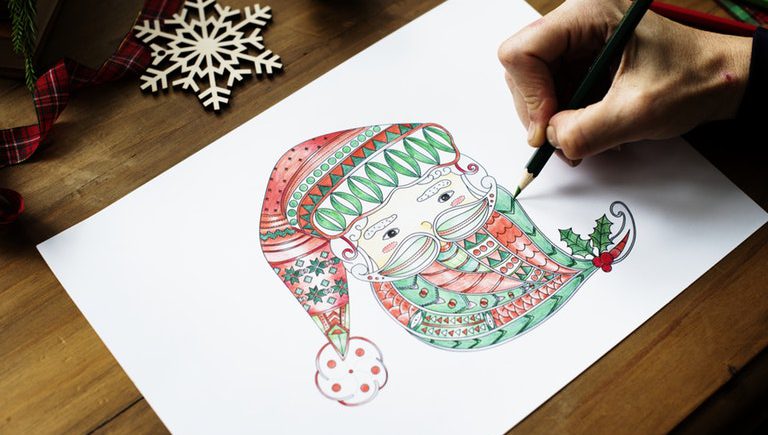
That jovial and magical man who adores reindeer and arrives amidst the sound of sleigh bells. He hails from the North Pole where elves have been toiling away on presents just for us.
These stories create wonder and excitement. And they’re a major part of the fun for many of our families at Christmas time.
But, do you ever wonder if there’s more to the story? Or ever questioned how we got from Jesus’ day of birth to a man descending chimneys with presents. Read on, ’cause I’ve got some really cool stuff to tell you about Santa and it’s only gonna make this Christmas even more meaningful.
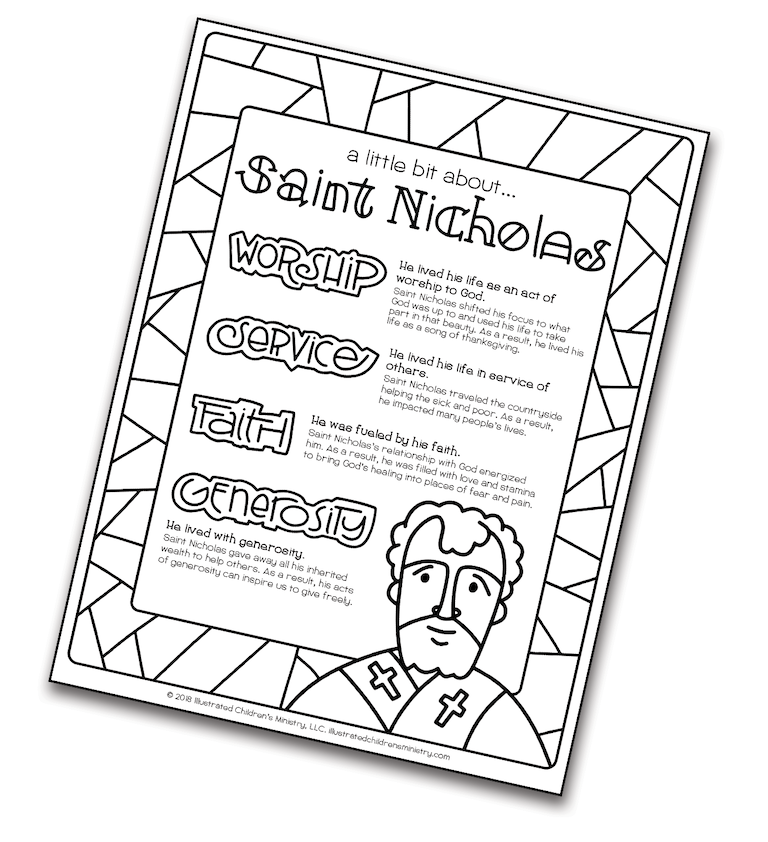
How do you talk with the children in your life about Santa Claus? We’d love to know in the comments below.
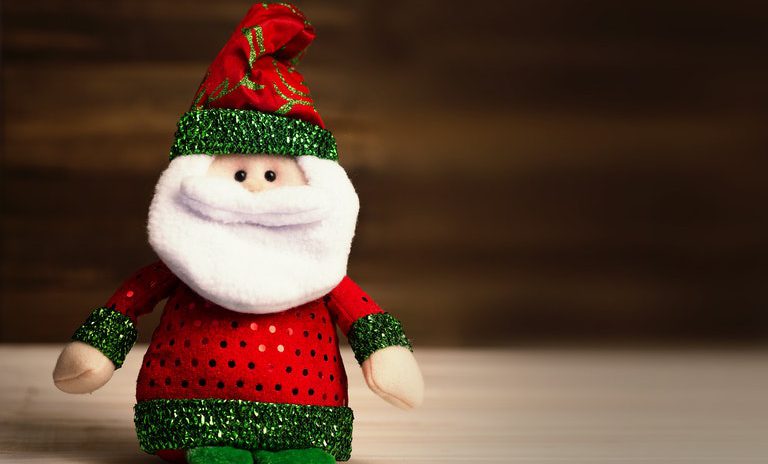
Historical Roots of Santa Claus
280 A.D.: A boy named Nicholas is born in modern day Turkey. He later becomes a monk known for piety and generosity, giving away all his inherited wealth and traveling to help the poor and sick.
1300: By the Renaissance, he was the most popular saint in Europe, especially in Holland. The Dutch Sint Nikolaas is shortened to Sinter Klaas, and in English that’s… Santa Claus!
He was celebrated in the Church for generations on December 6th, the anniversary of his death, and became known as a protector of children and sailors.
1780s: Santa Clause comes into American culture when New York newspapers report Dutch families celebrating his death in the streets.
Early 1800s: St. Nick is named New York’s patron saint.
1820s: Shopping and gift-giving become a popular way to celebrate Christmas.
1822: An Episcopal minister writes a poem for his daughters that creates the reindeer-loving, sleigh-riding, gift-giving Santa we know today. This poem later becomes known as ‘Twas the Night Before Christmas.
1881: An illustrator draws a picture of a North Pole-hailing, jolly, rotund man he calls Santa Claus. Santa is complete with a fur-trimmed suit, wife, workshop, and elves.
Department store and advertising executives took it from there. And here we are!
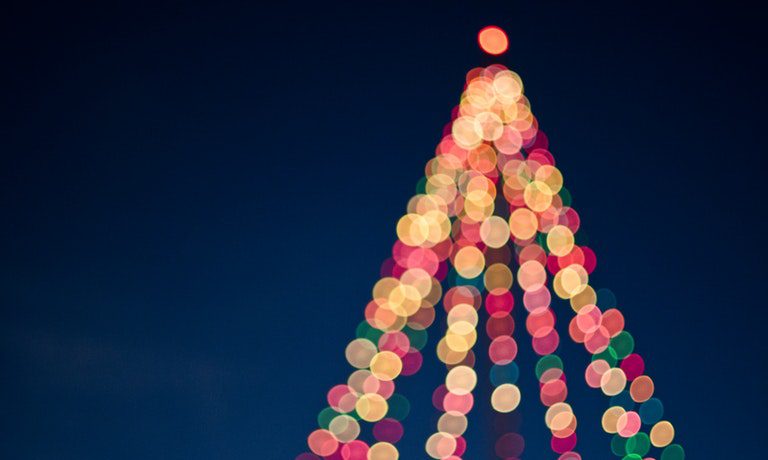
Santa Claus and Baby Jesus
So, Sint Nikolaas wasn’t associated with Christmas at all for hundreds of years. But, as time passed, a three-stranded braid of Santa Claus, Jesus’ birth, and commercialism came together to create the Christmas celebration we know today.
Since Saint Nicholas’ feast day was so close to Christmas it’s easy to make the connection. Also, his life was one that speaks to Christ’s legacy on Earth, dedicating his life to helping the marginalized.
So, is this conflating of myth, culture, and history bad? Nope.
Life always informs theology. Therefore, faith without the blending of ideas with culture and truth is simply impossible. There’s no such thing as pure religion anywhere in the world. Religion is essentially the blending of broad culture, faith experience, and theological reflection.
Consequently, we have things like the Easter Bunny, egg hunts, clergy robes, rosary beads. At Christmas, it’s Christmas trees, twinkle lights, stockings, presents, and Elf on a Shelf.
The historical evolution of the Santa myth and its significance is a great example of this blending. We have collectively found ways to bring this monk-turned-mythical-creature into the celebration of Jesus’ birth.

The Legacy of Santa Claus
The fanciful stories we tell of reindeer, sleigh bells, the North Pole, elves, and the wonder they create in children’s hearts and minds, is a major part of Christmas fun.
But, Santa was also a real guy with a lot to tell us about living beautifully. When we know the history, Saint Nicholas’s life is filled with stuff we’d love our kids to know and practice. So, how can we teach our kids this man’s amazing legacy?

Enriching Christmas for Children
Consider sharing with your children that Santa did some pretty spectacular stuff without any magic required.
He lived his life as an act of worship to God. Saint Nicholas shifted his focus to what God was up to and used his life to take part in that beauty. As a result, he lived his life as a song of thanksgiving.
A question we might ponder: When are we pointing out to our children God’s beauty all around and within them?
He lived his life in service of others. Saint Nicholas traveled the countryside helping the sick and poor. For example, he gave dowries to a family on the brink of selling their three daughters into prostitution.
A question we might ponder: How might we model for children the use our lives and resources to help those marginalized in our communities?
He was fueled by his faith. Saint Nicholas’s relationship with God energized him. As a result, he was filled with love and stamina to bring God’s healing into places of fear and pain.
A question we might ponder: What practices are we teaching our children that help them connect to God?
He lived with generosity. Saint Nicholas gave away all his inherited wealth to help others. His acts of generosity can inspire us to give freely.
A question we might ponder: How are we inviting our children to live generously through giving to others?

However you handle the Santa story, have fun imagining ways to infuse your celebration of Saint Nick with the richness of this amazing monk’s life.
All of us at ICM hope your Christmas is infused with beauty that inspires you and yours to live in the abundance of God’s wonder, celebrating the birth of Christ, and those whose lives have told the story of Jesus’ legacy.
And, in the comments below, don’t forget to tell us how you talk with children in your life about Saint Nicholas!

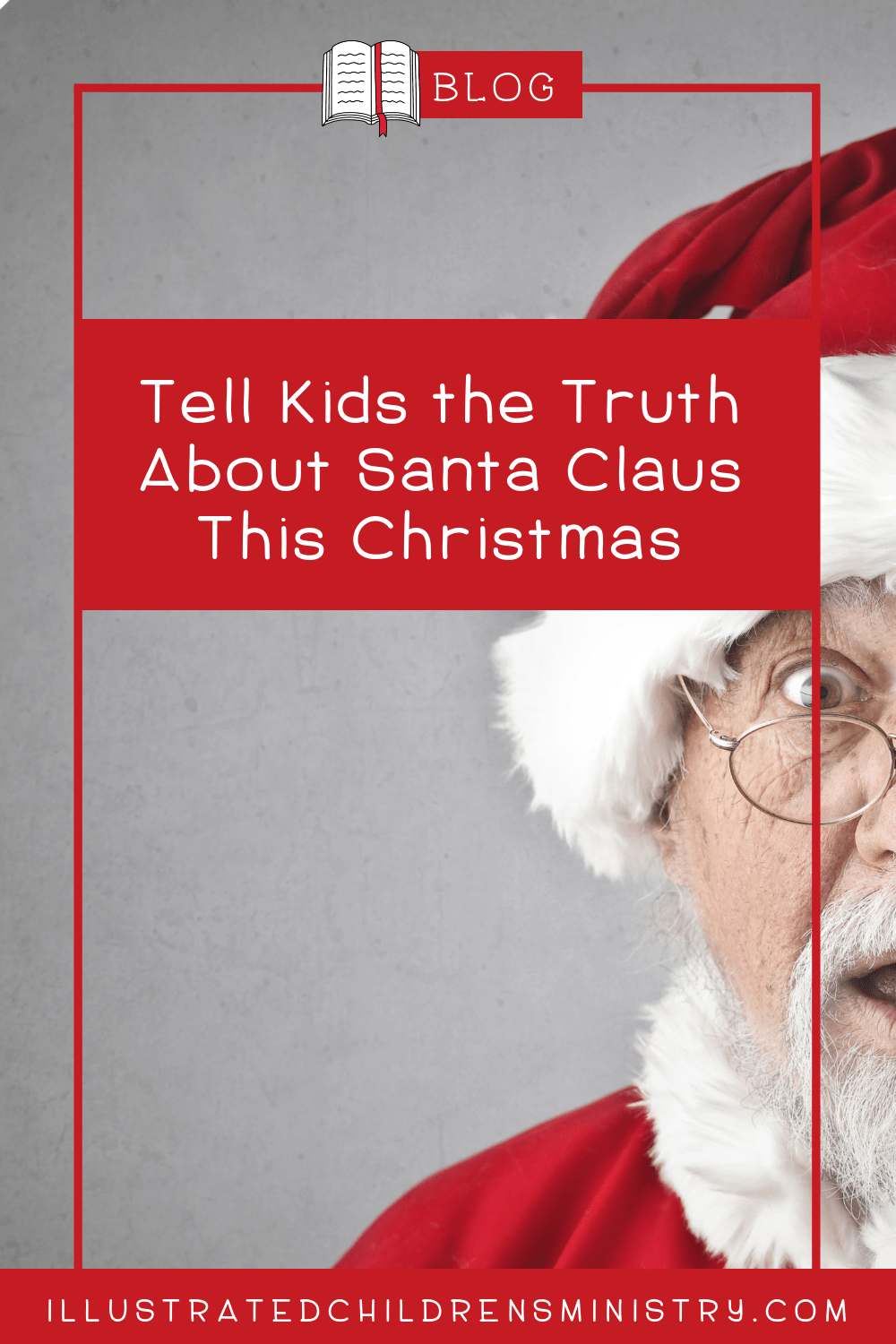
Lynn Turnage says
This has always been a struggle for me – as a parent and as a church professional. Thank you for this blog! I hope others will post here too. With my own children, I have told them the story of St Nick every year – mostly to help me deal with the “game” and legend and story and ways we celebrate Christmas and reconcile the consumerism of Santa Claus and Christmas. I get tickled at The Santa Clause movie series as it helps put PRETEND faces on these pieces of our culture…and support the giving nature of each piece/character. But these pieces of history are MUCH better ways of connecting our faith to the celebrations of Christmas. This piece is one of the best, easiest to convey, and helpful, concrete timelines of our Christian celebrations of the coming of the Christ Child, AND the Spirit of this season. THANK YOU!
I look fwd to reading other comments!
Alissa Ellett says
Thanks so much for your comment, Lynn! I’m thrilled this is helpful for you in nurturing your children’s faith while incorporating Santa in a thoughtful way. Have a very merry Christmas together!
Tolise says
This is such a great article! I read a story about St. NIklaus when I was a child and would like to do the same for mine, while incorporating Jesus, at the same time. Thank you for writing this!
Alissa Ellett says
Tolise, you’re so welcome! How fun that you get to creatively bring together your childhood memory, the story of Jesus, St. Niklaus’ legacy and your children’s experience of Christmas now. Enjoy! Thrilled this article was helpful.
Dana says
In our home, we’ve tried to follow the principles laid out at the end of your helpful article. One of our favorite resources is the beautifully illustrated children’s book listed below, which discusses (in child-friendly prose) WHY gifts were/are given from St. Nicholas and places the focus back on WHO is being celebrated. Scripture references are hidden on each page, so it’s a game for our kids to find the references and look up each one in the Bible as we read through the book together.
Resource: A Gift from St. Nicholas, by Christine Bolley
Alissa Ellett says
Thanks so much for your recommendation, Dana!
Leanne says
As a Catholic, St Nicholas is as real as any Saint. His body has died, but the most important part of him is still alive (his soul). As a Saint, the spirit continues to work for the benefit of mankind, inspiring others to practice the Christmas spirit and celebrate the birth of our Lord. I also work at a Christian School, and one of our yearly lessons is reviewing “Twas the night before Christmas”, and then look at the individual traditions of each student. They then try to write their own poem using this meter. Santa is part of our culture and tradition, and how we choose to incorporate him is as individual as each person and family.
Mike says
This book may be helpful for some readers looking for more info…
There Really Is a Santa Claus: The History of St. Nicholas & Christmas Holiday Traditions https://g.co/kgs/XLqPRA
Holley says
I have always loved all the “magical” parts of Christmas…. Santa, elves, flying reindeer…. it’s that kind of wonder that spurs the imagination and keeps us young. At the same time, however, the joy of Christmas comes from knowing our Savior, and this is something we have really focused on in our family. My kids know that the Santa part of Christmas is fun and he brings ONE special gift (what…. I’m selfish, I wanted the gift glory! And Santa usually brings the one thing Mom refuses to get!), but they also understand that the REAL reason for Christmas is celebrating our Savior. And as they get older and wiser to the real Santa story, they embrace the Savior’s birth even more….